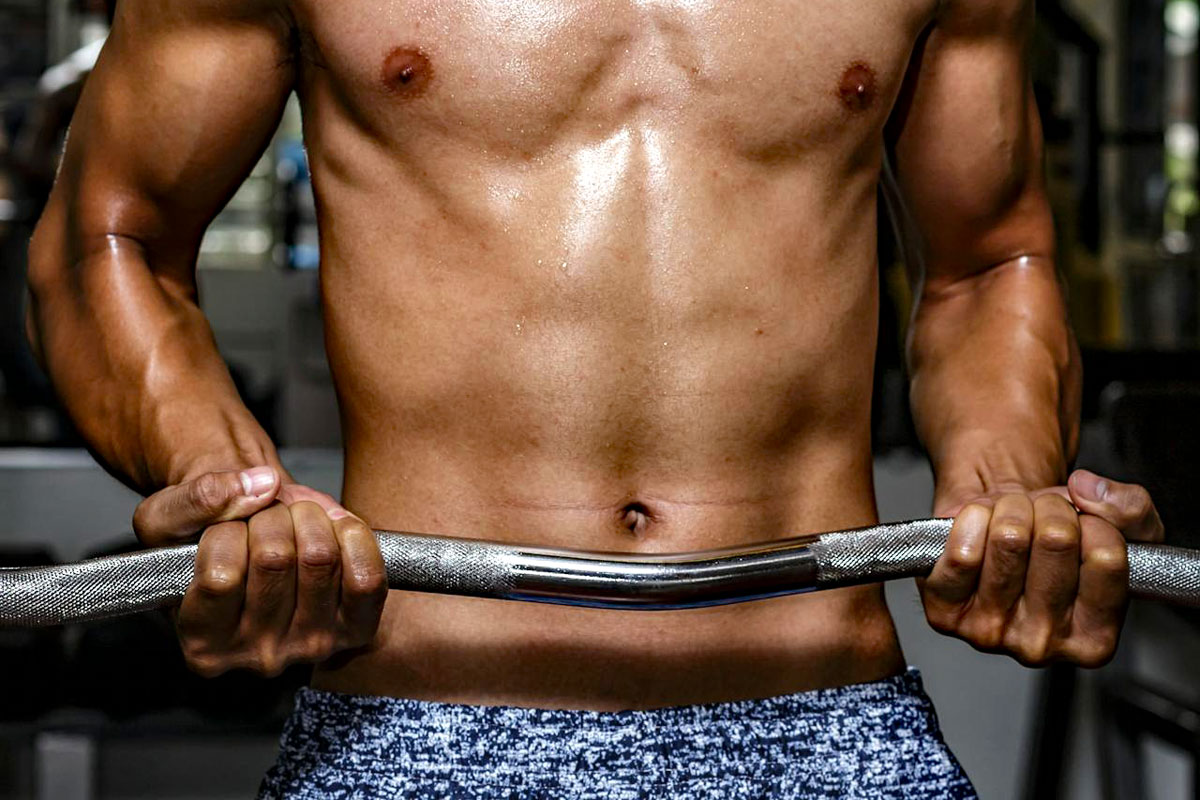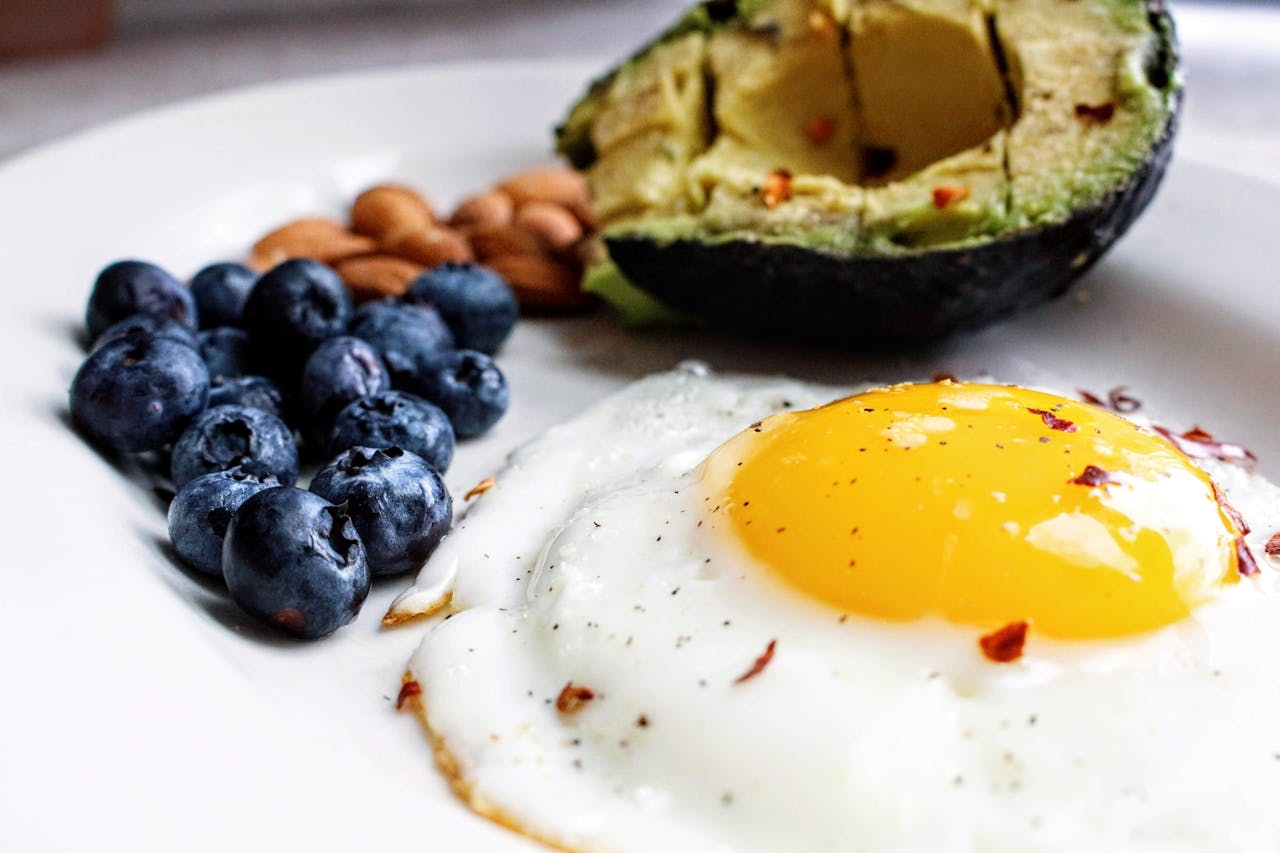The quest for muscle growth, or hypertrophy, is a driving force behind countless hours spent in gyms worldwide. While the process may seem straightforward – lift weights, get bigger – the underlying mechanisms are complex and fascinating. It's not just about lifting heavy things; it's about understanding how those heavy things trigger specific responses within your muscles. This article delves into the three primary drivers of muscle growth, exploring the science behind each and how they contribute to achieving that coveted physique.
1. Training-Induced Muscle Damage
One of the key triggers for muscle growth is the damage inflicted upon muscle fibers during resistance training. Now, before you picture shredded muscles and wince in pain, it's important to understand that this "damage" is microscopic and controlled. Think of it as tiny tears in the muscle fibers, a natural consequence of overloading them. This damage isn't the same as muscle soreness, which is often related to inflammation and metabolic byproducts. Instead, it's a structural disruption that signals the body to repair and rebuild the affected fibers, making them bigger and stronger in the process. This process involves satellite cells, which are like muscle stem cells. They're activated by muscle damage and then donate their nuclei to the damaged fibers, aiding in protein synthesis and repair. The extent of muscle damage depends on several factors, including the intensity of the exercise, the volume of training, and the type of muscle action (eccentric contractions, where the muscle lengthens under load, tend to cause more damage). While muscle damage is crucial for growth, it's a delicate balance. Too much damage can hinder recovery and actually impede progress. This is where proper programming, adequate rest, and nutrition become essential.
2. Mechanical Tension
Perhaps the most widely recognized driver of muscle growth is mechanical tension. This refers to the force placed on the muscle fibers during resistance training. Think of it as stretching and pulling the muscle fibers, both actively and passively, as you lift a weight. This tension is sensed by specialized receptors in the muscles, which then trigger a cascade of cellular events that lead to protein synthesis and muscle growth. The magnitude of the load is a primary determinant of mechanical tension. Lifting heavier weights generally creates greater tension. However, it's not just about the weight on the bar. Factors like exercise selection, lifting tempo, and range of motion also play a role. For example, performing a full squat creates more mechanical tension than a half squat, even with the same weight. The duration of the tension is also important. Slower lifting tempos, where you control the eccentric portion of the lift, can increase the time under tension and potentially lead to greater muscle growth. Mechanical tension is thought to be particularly important for stimulating myofibrillar hypertrophy, which is the increase in the size and number of the actual contractile proteins within the muscle fibers. This type of hypertrophy is associated with increases in strength and power.
3. Metabolic Stress
The third key mechanism of muscle growth is metabolic stress. This occurs during intense exercise when the muscle cells' energy demands exceed their supply. This leads to the accumulation of metabolic byproducts, such as lactate and hydrogen ions, within the muscle tissue. These byproducts create that burning sensation you feel during a tough set. While it might not feel pleasant, metabolic stress is believed to play a significant role in stimulating muscle growth. It's thought to trigger the release of various anabolic hormones, such as growth hormone and IGF-1, which are crucial for muscle repair and growth. Metabolic stress may also contribute to cell swelling, where fluid is drawn into the muscle cells. This swelling is believed to be a signaling mechanism that promotes muscle growth. To maximize metabolic stress, focus on exercises that involve a lot of muscle mass and utilize higher rep ranges (8-12 or more). Short rest periods between sets can also enhance metabolic stress by limiting the clearance of metabolic byproducts. This is why techniques like drop sets and supersets, which involve minimal rest, are often used to target metabolic stress. While all three mechanisms contribute to muscle growth, their relative importance may vary depending on the individual, the training program, and the specific goals. A well-rounded approach that incorporates elements to maximize each of these mechanisms is likely to be the most effective strategy for achieving optimal muscle growth.
Sources:
- Schoenfeld, B. J., & Krieger, J. W. (2016). Is there a rationale for combining high and low loads for muscle hypertrophy? Journal of Strength and Conditioning Research, 30(8), 2404-2407.
- Burd, N. A., West, D. W., Moore, D. R., Atherton, P. J., & Tang, J. E. (2010). Biceps brachii muscle adaptations to resistance exercise in trained men. Medicine and science in sports and exercise, 42(4), 635.
- Goto, M., Ishii, N., Kizuka, T., & Takamatsu, K. (2005). The impact of metabolic stress on hormonal responses and muscular adaptations. The Journal of Strength & Conditioning Research, 19(4), 897-903.
- Schoenfeld, B. J., Ogborn, D., & Krieger, J. W. (2017). Effects of Resistance Training Frequency on Measures of Muscle Hypertrophy: A Systematic Review and Meta-Analysis. Sports Medicine, 47(9), 1689–1697.
- Latham, J., &












